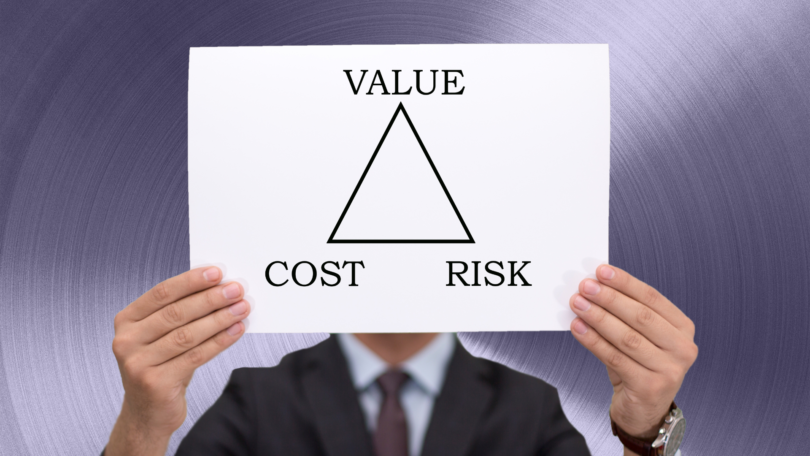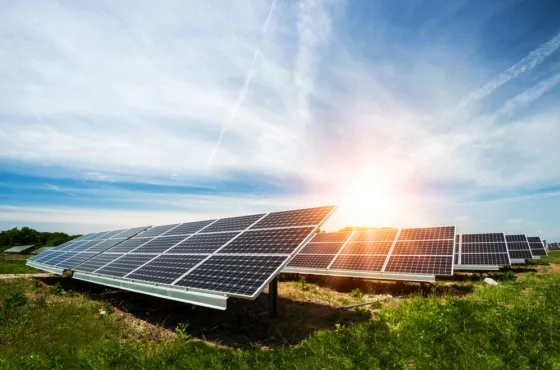Flattening the curve to eradicate energy supply volatility
The corporate world’s move to a renewable future continues to gather pace. Almost eight-in-ten (79%) organisations have either already entered into a renewable energy power purchase agreement, or plan to do so within the next two years. Whilst this is to be applauded, it presents issues for the energy industry due to the additional risks involved in supplying renewable energy. Put simply, it has made it difficult for suppliers to keep costs down and revenues up.
Unfortunately, energy costs are more volatile today than ever before and is something the industry has had to take seriously. After all, the main goal of an energy supplier is to supply energy to end users while maintaining margins. Margins can be squeezed by unpredictability in real-time prices, improper pricing, and incorrectly accounting for attrition as well as other causes. Margins can also be squeezed from the retail energy provider (REP) overpaying for the energy in the first place.
Prices are difficult to predict
What a REP pays for energy today varies much more than ever before. Energy demand has always been linked to weather patterns. However, as we move towards an era when renewable energy makes up a far higher proportion of the energy capacity mix, climactic variables are also heavily impacting that ability to produce that energy in the first place.
Of course, a REP is fiscally required to pay for the energy that their customers are using. This has made it imperative that they price their contracts correctly to cover all eventualities, while ensuring they remain competitive. This is easier said than done. Prices of wholesale energy are difficult to predict. Plus, they are more volatile than ever before. We used to see an extreme pricing event only every few years, now we see them almost seasonally.
Mitigating the risk
Energy cost and supply volatility presents REPs with serious financial and operational challenges. If a REP is incorrectly hedged or priced for any length of time during a price event, the ramifications could be catastrophic. They, therefore, need to flatten the curve.
Luckily, help is at hand. Buoyed by recent advances in artificial intelligence (AI) and machine learning, technology can be used to forecast load (analyze how much energy customers will require) and load generation (analyze how much energy will be produced at a premise) to a greater degree of accuracy.
Accurate forecasts can come from a mixture of historic and live data points within the supply chain through the likes of Internet of Things (IoT) sensors. Once AI and machine learning is used to unlock this data, REPs become empowered to know what energy they need to purchase or push onto the grid, and when.
The need for a holistic strategy
Attitudes toward energy are changing. Almost three-in-five businesses (59%) say they have either already engaged in the process of securing flexible green energy tariffs or plan to do so within the next two years.
It is, therefore, imperative that REPs provide the market with what they want. To do so effectively, though, they need to flatten their risk curve by better utilizing AI and other technology to obtain accurate forecasts and pricing. Only then can they offer the market reliable, renewable energy that keeps the lights on whatever the circumstances.
As the world moves towards a more renewable future, it will only increase the volatility of supply more. Persuading customers to use more energy during off-peak hours will only go so far. To be profitable, REPs will need to develop a holistic strategy for the future that centers around using the latest digital technology to optimize the operating model, so that they can pivot towards new product and service delivery capabilities.
By Daniel Cross, Sr. Director of Load Forecasting, POWWR




